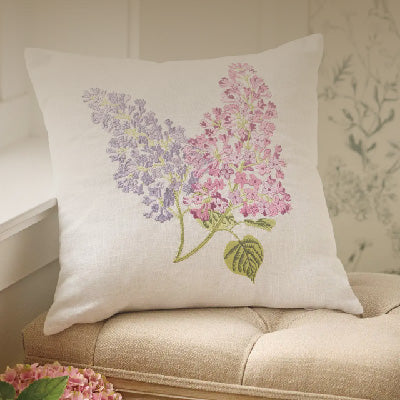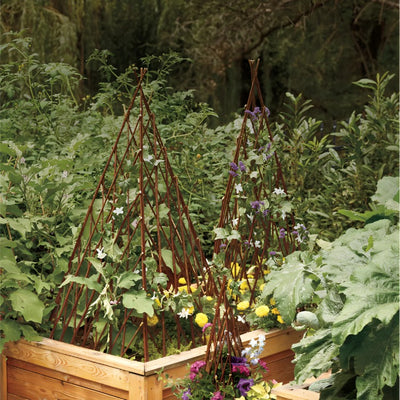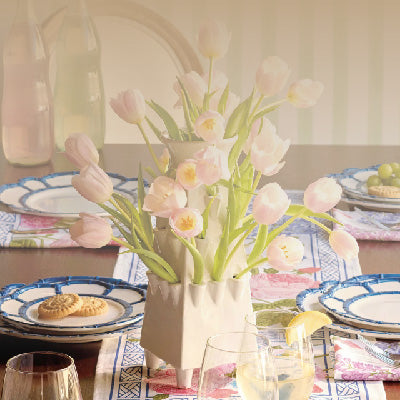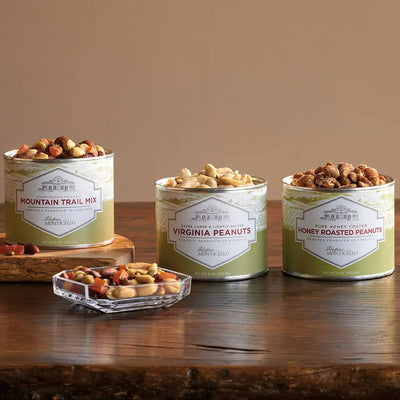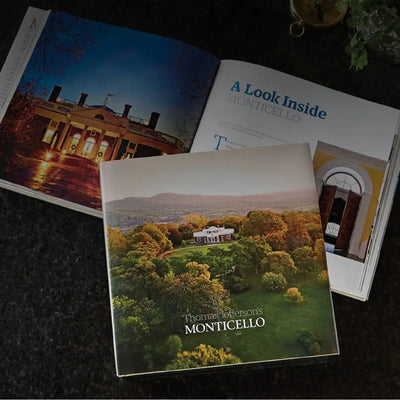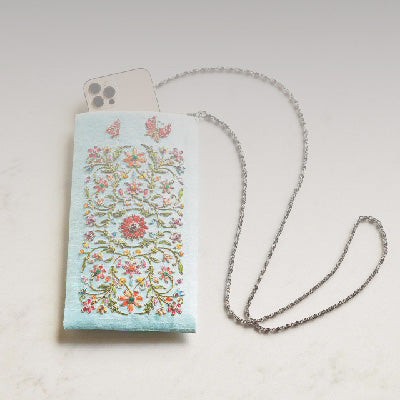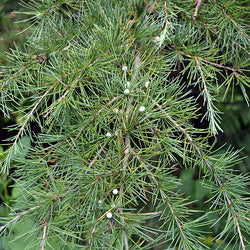Large, evergreen tree
Description: Graceful, pyramidal outline with pendant or drooping, dark bluish-green needles and solitary, reddish brown cones
Habit: Grows 40-70 feet high and 30-40 feet wide in 30-40 years
Culture: Prefers full sun and well-drained, somewhat dry soil; protect from sweeping winds
Hardiness: USDA Zones 7 through 9
Origin: Himalayas
Attributes: Evergreen, drought tolerant
Although the common name "cedar" is used for many differing evergreens, the Deodar is one of only four true cedars. It is native to the Himalayas and was introduced to cultivation in the West in 1831. Its needles are longer than the Atlas, Cyprian, and Cedar of Lebanon (which Jefferson grew), and it tends to maintain its basic, conical shape into maturity. Many varieties of the Deodar were available by the mid 1800s, including a golden yellow cultivar, and a dwarf, prostrate form used in Victorian rock gardens and as curious specimens in arboretums and cemeteries.
This plant will ship bare root.zone3,zone4,zone5,zone6,zone7,zone8,zone9
Bare root planting tips:
- If you can't plant immediately, store your plant in a cool location and keep the roots moist or pot in a container with a nursery potting mix from your local garden center.
- Before planting, let the roots soak for several hours as you prepare the site. You'll want to dig a large enough hole so the root mass can spread out and the plant is at the same soil level as when it was growing in the nursery.
- Once planted, water it in well and wait a month before fertilizing. Mulching will help to maintain moisture and raise soil temperatures for faster growth.


